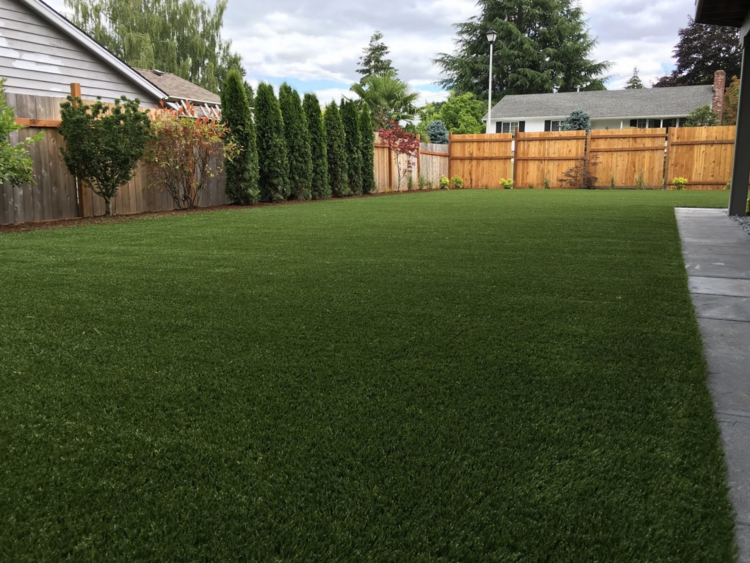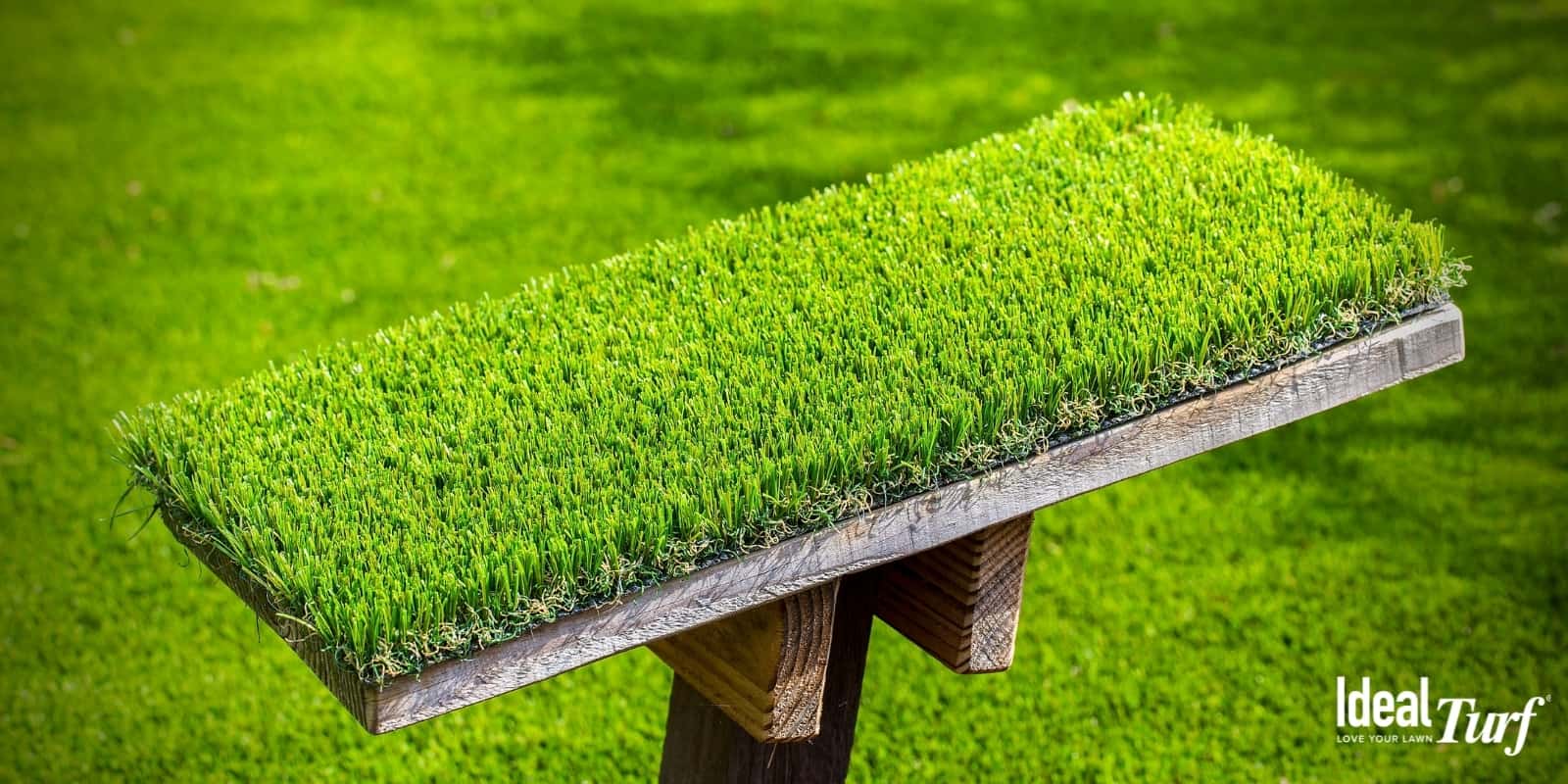Durable Arizona Artificial Turf for Residential and Business Applications
Durable Arizona Artificial Turf for Residential and Business Applications
Blog Article
Explore the Environmental Perks of Opting for Artificial Grass Solutions
The fostering of synthetic grass remedies offers an engaging opportunity to address pressing environmental difficulties. By substantially minimizing water use and lessening the application of harmful chemicals, these alternatives not just advertise lasting landscape design however also protect neighborhood ecosystems.
Water Conservation Advantages
One of the most significant advantages of artificial turf is its ability to preserve water. In contrast, fabricated lawn does not need watering, substantially reducing the general demand for water resources.
By removing the need for normal watering, synthetic grass adds to lasting landscape practices and assists reduce the ecological influence of too much water consumption. In addition, the preservation of water reaches the reduction of overflow, which can cause dirt erosion and waterway pollution.
In addition, the installation of synthetic grass permits property owners and districts to assign water resources a lot more effectively, concentrating on important uses such as alcohol consumption water and agriculture. The change in the direction of synthetic grass not just advertises accountable water use yet likewise lines up with broader ecological objectives focused on preserving natural sources.
As communities increasingly prioritize sustainability, the water preservation benefits of man-made grass provide an engaging case for its fostering in business and domestic landscaping jobs.
Decreased Chemical Use
The transition to synthetic grass considerably reduces the dependence on chemical therapies generally utilized in natural yard upkeep. Traditional turf administration generally involves the application of fertilizers, pesticides, and herbicides to promote growth and control parasites. These chemicals can present risks to human wellness, neighborhood wildlife, and the atmosphere, adding to dirt and water contamination.
In comparison, man-made grass removes the need for these damaging substances. By minimizing the release of artificial compounds into the community, synthetic grass promotes healthier dirt and water systems.
Moreover, the absence of chemical drainage connected with man-made lawn installations assists protect local waterways from contamination, supporting marine life and keeping biodiversity. Phoenix turf companies. As communities progressively prioritize lasting methods, choosing man-made lawn offers a sensible service that aligns with environmental preservation objectives. With this change, homeowner can delight in rich environment-friendly rooms without jeopardizing ecological health and wellness, paving the way for a much more lasting future
Reduced Carbon Footprint

In addition, the installment of synthetic grass can lead to considerable water preservation. Natural grass call for significant quantities of water for irrigation, which not only includes to the carbon footprint associated with water removal and treatment yet additionally strains regional water sources. On the other hand, man-made grass needs marginal maintenance, calling for no watering, consequently considerably lowering water use and its associated power expenses.
Furthermore, the long life of synthetic grass adds to its lower carbon impact. With a life expectancy of as much as 15 years or more, the demand for constant substitutes is decreased, resulting in less waste and reduced power intake in production and getting rid of conventional lawn options. In general, synthetic grass provides a sustainable option for environmentally conscious landscaping.
Habitat Conservation
Habitat conservation is a critical factor to consider in the discussion over landscaping options, especially check my reference when contrasting synthetic grass to all-natural yard. Natural grass lawns typically need considerable upkeep, including the use of pesticides, fertilizers, and herbicides, which can detrimentally impact regional environments. These chemicals can leach into the soil and waterways, harming native plants and animals and interrupting regional environments.
Artificial grass eliminates the demand for damaging chemicals, consequently shielding neighboring wildlife and preserving the stability of bordering communities. The installment of synthetic turf can lead to the conversion of previous turf areas right into even more biodiverse landscapes, such as pollinator yards or native plant areas, which can support regional wildlife.
Ultimately, the change to synthetic lawn not just conserves water and minimizes maintenance initiatives but also fosters a more unified connection in between human tasks and the native environment, advertising environment preservation while useful reference doing so.
Long-Term Sustainability
Lasting sustainability is an essential element in examining the advantages of artificial grass over traditional turf yards. Among one of the most substantial advantages of synthetic grass is its durability; it can last up to 15-20 years with minimal upkeep, whereas all-natural yard needs regular reseeding and replacement. This long life reduces the requirement for constant sources, such as water, plant foods, and chemicals, which are vital for maintaining a healthy and balanced turf lawn.
In addition, synthetic grass adds to a reduction in carbon emissions connected with lawn care devices. Standard yards typically need gas-powered lawn mowers, trimmers, and blowers, every one of which add to air pollution. Turf installation phoenix az. In contrast, synthetic grass gets rid of the demand for such tools, advertising a cleaner environment
Additionally, the manufacturing of synthetic grass progressively makes use of recycled materials, enhancing its sustainability profile. As makers take on environmentally friendly methods, the ecological footprint of synthetic grass continues to decrease.

Final Thought
The fostering of man-made grass services offers significant ecological advantages, including considerable water conservation, minimized reliance on damaging chemicals, and a lower carbon impact. Artificial grass aids in maintaining natural habitats by decreasing land disturbance and advertising lasting sustainability via the use of long lasting products. Jointly, these factors highlight the capacity of synthetic grass to contribute favorably to ecological health and provide a viable option to typical landscape design methods in a progressively resource-conscious world.
In comparison, fabricated lawn does not need watering, significantly minimizing the total demand for water resources. By reducing the release of synthetic compounds into the environment, fabricated turf promotes much healthier soil and water systems.
Moreover, the setup of synthetic grass can result in considerable water preservation. In contrast, man-made grass requires minimal maintenance, calling for no watering, thereby substantially reducing water use and its associated energy expenses.

Report this page